Sophie Jerram – 15 June, 2024
We understood that as our population grew, necessarily so our impact on the land would too. Galloway’s major contribution is to challenge that inevitability.
Wellington
Matthew Galloway
Doris Lusk
Raúl Ortega Ayala
Infrastructure: power, politics and imagination
20th April - 30th June 2024
It is a pleasure to walk into Infrastructure, Power Politics and Imagination to experience work that meets the strong architecture of Te Pātaka Toi Adam Art Gallery. The Gallery, with its audacious triple-storey viewshafts, suits this installation, concerned with an issue bigger than it, one that speaks to the late 20th Century penchant for strong engineering gestures in our landscape.
The questioning of our basic water and energy infrastructure, and environmental risks we’re facing, is emerging as fundamental to artistic concerns. In 2023 Te Atamira Gallery (Tahuna/Queenstown) presented Arai Awa, a work led by Rachel Rakena and Paulette Tamati-Elliffe concerned with the blocked flow effect of the Clyde Dam—in particular for ancestral tuna/eel journeys. Across the Tasman, former Wellingtonian David Cross curates the ongoing Treatment series of works based at Werribee Treatment Plant, Wadawurrung country, from which Eugenia Lim’s whimsical drone film essay Metabolism was recently shown (Enjoy Gallery Wellington). The straight furrows of the treatment plant waterways in Lim’s work echo the visuals of The Rising Gale, the 2015 work by Murray Hewitt, featuring a straight drone shot take of the Hutt River. Both these pieces reveal the preference for an artificial linearity in our engineered waterways.
In The Power that Flows Through Us, the choice of 1970s cartoons, and Galloway’s special newspaper, present far more meandering and nuanced thoughts via written interviews and essays concerning the decision to take over the Cromwell Valley for the monumental Clyde Dam. The area was previously known to Kai Tahu as an important corridor for migration, and more recently as abundant stone fruit bowl. Galloway’s scaled up video, photography and newspaper commentary immerses us back in the momentous potential of the Central Otago landscape.
Cromwell is more than a site of spectacle for me personally; I was born at Cromwell hospital—the satellite medical hub for home town Wanaka, which was a mere village of 1000 people at the time. After the Clyde Dam was eventually built, well after I grew up, we would drive past the shadow of old Cromwell like one drives past a car crash site, contemplating what lay below Lake Dunstan. The intrusion on that vast landscape was an accepted phenomenon; a project that ‘had to happen’ for the energy production of our future. In line with the ‘TINA’ (There is No Alternative) philosophy of 1980s neo liberalism, we believed there was a need for scale. We understood that as our population grew, necessarily so our impact on the land would too. Galloway’s major contribution is to challenge that inevitability.
Infrastructure: power, politics and imagination is made of three artists’ works brought together under one roof by curator Sophie Thorn, and linked by a thorough public programme. Galloway’s works dominate the gallery through scale but their ideas are supplemented beautifully by ‘The Zone’ by Raúl Ortega Ayala; a hyperaesthetic video dealing with return to site of Ukraine’s Chernobyl former residents. Further, Doris Lusk’s rarely-seen speculative landscape portraits grouped as ‘Imagined Projects: Forty Years On’ are contemplative gems from the 1980s.
How we provide energy to our society, and at scale, is the elephant in the room. If large, architecturally-built homes are still a badge of success for wealthy New Zealanders, we need to address the consequences of the energy requirements for our cities, and the demands on our national grid from the growing online economy. Exhibitions attending with big issues such as this are all the more important.
Sophie Jerram
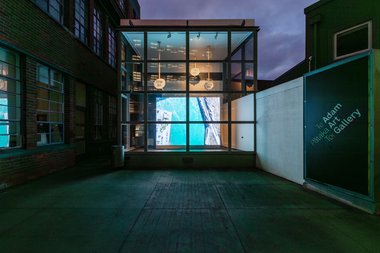
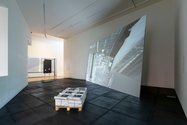

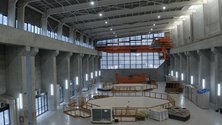
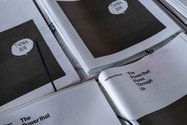
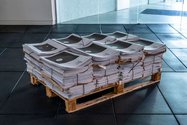

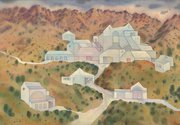
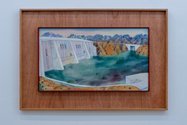
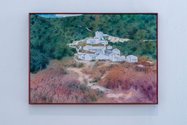

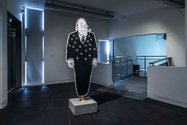

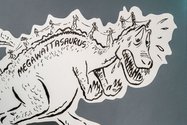
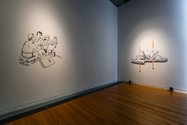
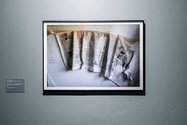
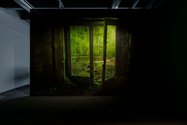
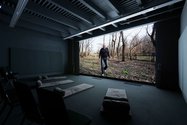
 Two Rooms presents a program of residencies and projects
Two Rooms presents a program of residencies and projects Advertising in this column
Advertising in this column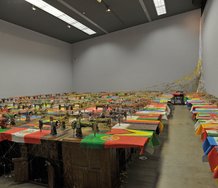
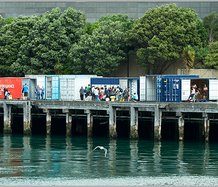
This Discussion has 0 comments.
Comment
Participate
Register to Participate.
Sign in
Sign in to an existing account.